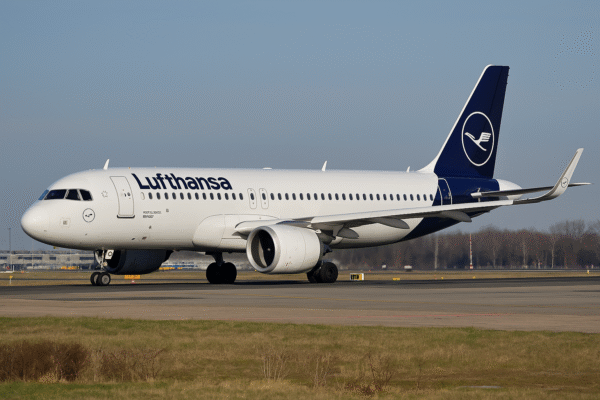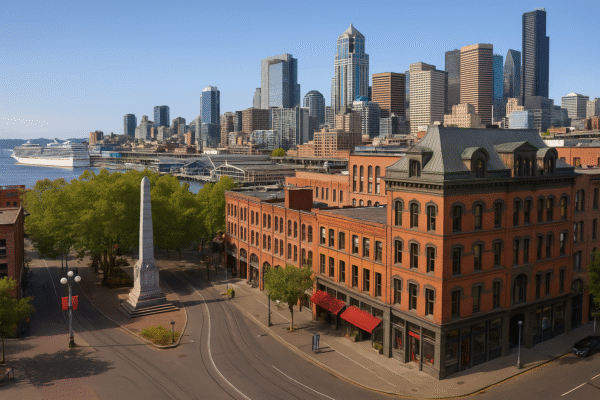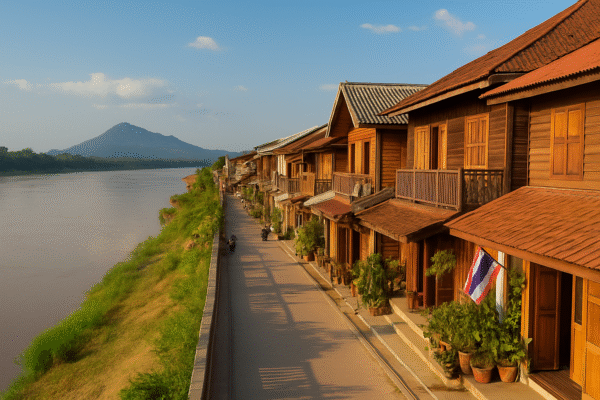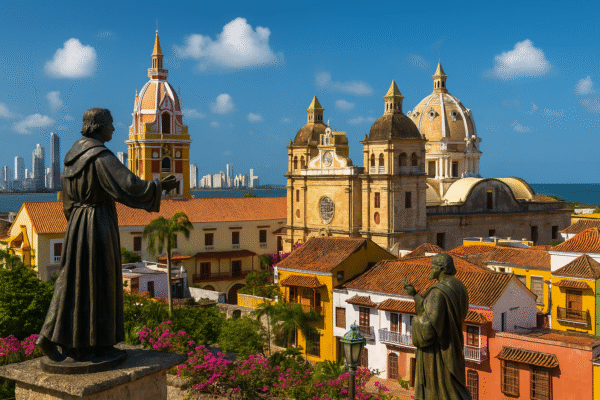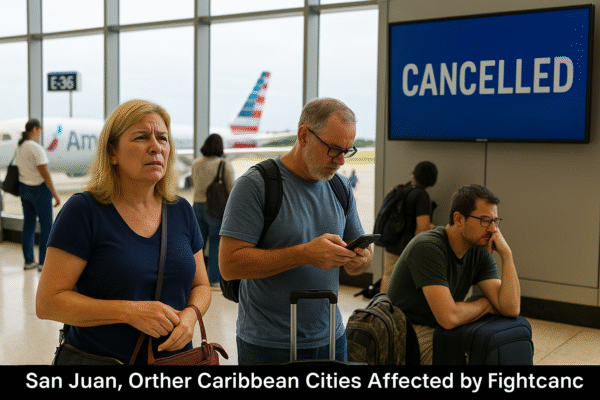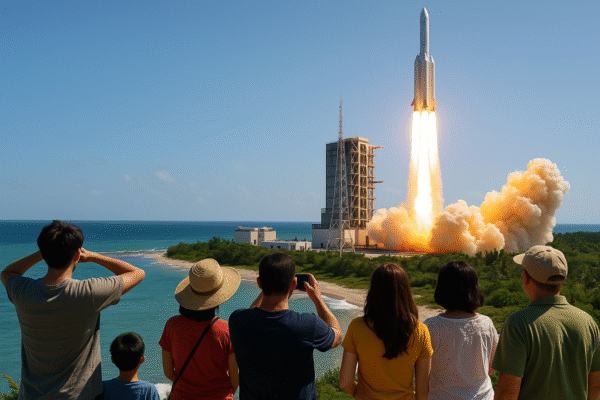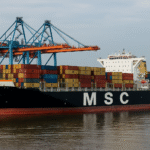Malaysia is preparing to make history by becoming the first Southeast Asian nation to build a rocket launch pad. Scheduled for completion by 2029, the project will transform Malaysia into a major force in the global space industry. With sites in Pahang, Sarawak, and Sabah under review, the final location will soon set the stage for a new era of innovation, tourism, and economic growth.
This ambitious initiative aligns with the National Space Policy 2030, which sets clear goals for space research, satellite development, and technology advancement. The policy demonstrates Malaysia’s determination to claim its place among global leaders in space exploration.
Space Exploration Meets Tourism
For decades, Malaysia has attracted tourists with its tropical islands, rainforests, and cultural heritage. Now, the rocket launch pad promises to add a new dimension to the country’s appeal: space tourism. Visitors will soon have the chance to witness live rocket launches, explore a space-themed city, and experience science attractions that merge education with adventure.
Space-related tourism already draws millions of visitors in destinations like the United States and Japan. Malaysia intends to replicate that success by offering tourists the excitement of rocket launches alongside its natural and cultural wonders. The launch pad will create a tourism ecosystem that supports hotels, restaurants, and educational centers, strengthening the nation’s visitor economy.
Economic Impact Beyond Tourism
The rocket launch pad will also become a driver of economic transformation. Analysts estimate that the project could add over 2.37 billion dollars to Malaysia’s GDP in the coming years. High-tech job opportunities in engineering, research, and satellite development will attract local talent and international experts alike.
The facility will strengthen Malaysia’s ability to launch earth observation satellites, which are critical for managing natural disasters, monitoring agriculture, and enhancing national security. These advancements will not only create commercial opportunities but also improve quality of life for Malaysian citizens.
By combining tourism with space innovation, Malaysia is creating a sustainable model that benefits both visitors and the economy.
The National Space Policy 2030
Malaysia’s National Space Policy 2030 provides the framework for this ambitious leap forward. The policy emphasizes innovation, international cooperation, and the growth of space-related industries. It also calls for the establishment of a “space city,” a hub designed to house research facilities, training centers, and private companies focused on space technology.
The rocket launch pad is the foundation of this larger vision. With the ability to support satellite launches, the facility will help Malaysia expand capabilities in weather monitoring, telecommunications, and scientific exploration. These advancements align with global trends, as nations increasingly view space as an essential driver of technological progress.
Building Strategic Partnerships
Malaysia recognizes that space exploration requires strong collaboration. To ensure the success of the launch pad, the country is working with international space agencies, private firms, and research institutions. Partnerships with global leaders in rocket technology will provide technical expertise, while collaborations with local universities will foster innovation at home.
The private sector also plays a vital role. By encouraging investment in satellite development and rocket systems, Malaysia is creating opportunities for entrepreneurs and companies eager to participate in the booming space economy. This blend of public and private investment will ensure long-term sustainability for the nation’s space ambitions.
Space City: A New Tourism Hub
The rocket launch pad is just the beginning. Malaysia plans to develop a “space city” that will serve as both a research hub and a tourist attraction. Visitors could explore interactive space museums, training simulators, and educational exhibits that showcase the science behind rocket launches.
Such a development would position Malaysia as a leader in Southeast Asian space tourism. Families, students, and international travelers would find new reasons to visit, while researchers and scientists would benefit from a thriving innovation hub. The space city will highlight Malaysia’s role as a bridge between science, tourism, and economic progress.
Future Growth and Regional Leadership
Malaysia’s vision extends far beyond 2029. The country plans to develop advanced rocket systems and expand its satellite programs, strengthening its ability to compete in the global space sector. With the rocket launch pad as a foundation, Malaysia could one day participate in regional missions, international collaborations, and even human spaceflight programs.
In doing so, Malaysia will not only raise its profile on the global stage but also inspire the next generation of scientists, engineers, and explorers across Southeast Asia. By leading in space exploration, the country provides an aspirational model for its neighbors.
Conclusion
Malaysia is ready to launch into a bold new future with the construction of Southeast Asia’s first rocket launch pad. This historic project, guided by the National Space Policy 2030, will strengthen the economy, create jobs, and transform tourism. Visitors will soon flock to Malaysia not only for its beaches and rainforests but also for the thrill of witnessing space launches.
The rocket launch pad will be the foundation of a space city, a hub where innovation, tourism, and economic growth come together. By 2029, Malaysia will stand as both a leader in Southeast Asia and a rising global player in the space industry. With clear vision, strong partnerships, and strategic investments, the nation is preparing to write its name among the stars.
For more travel news like this, keep reading Global Travel Wire



